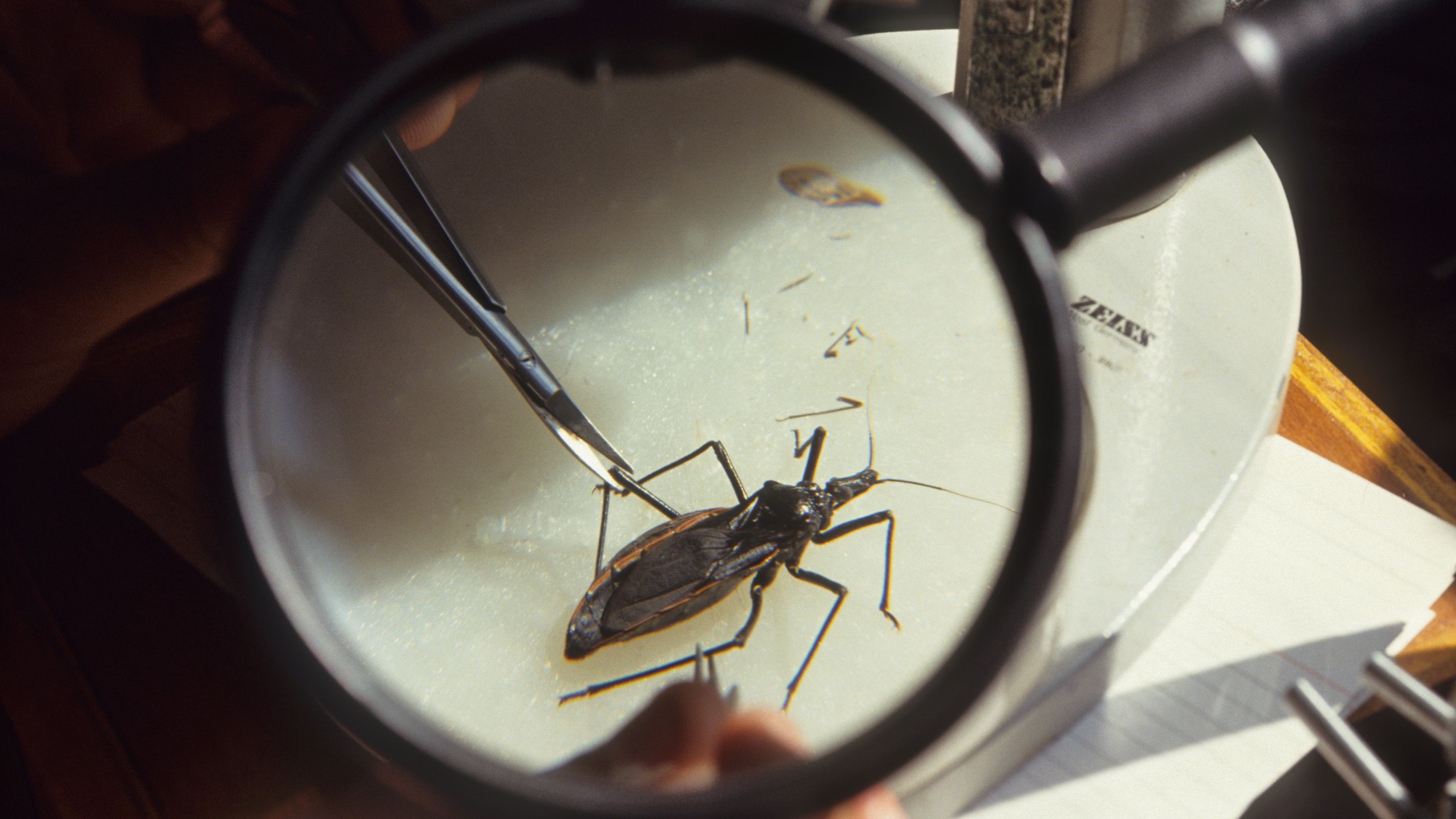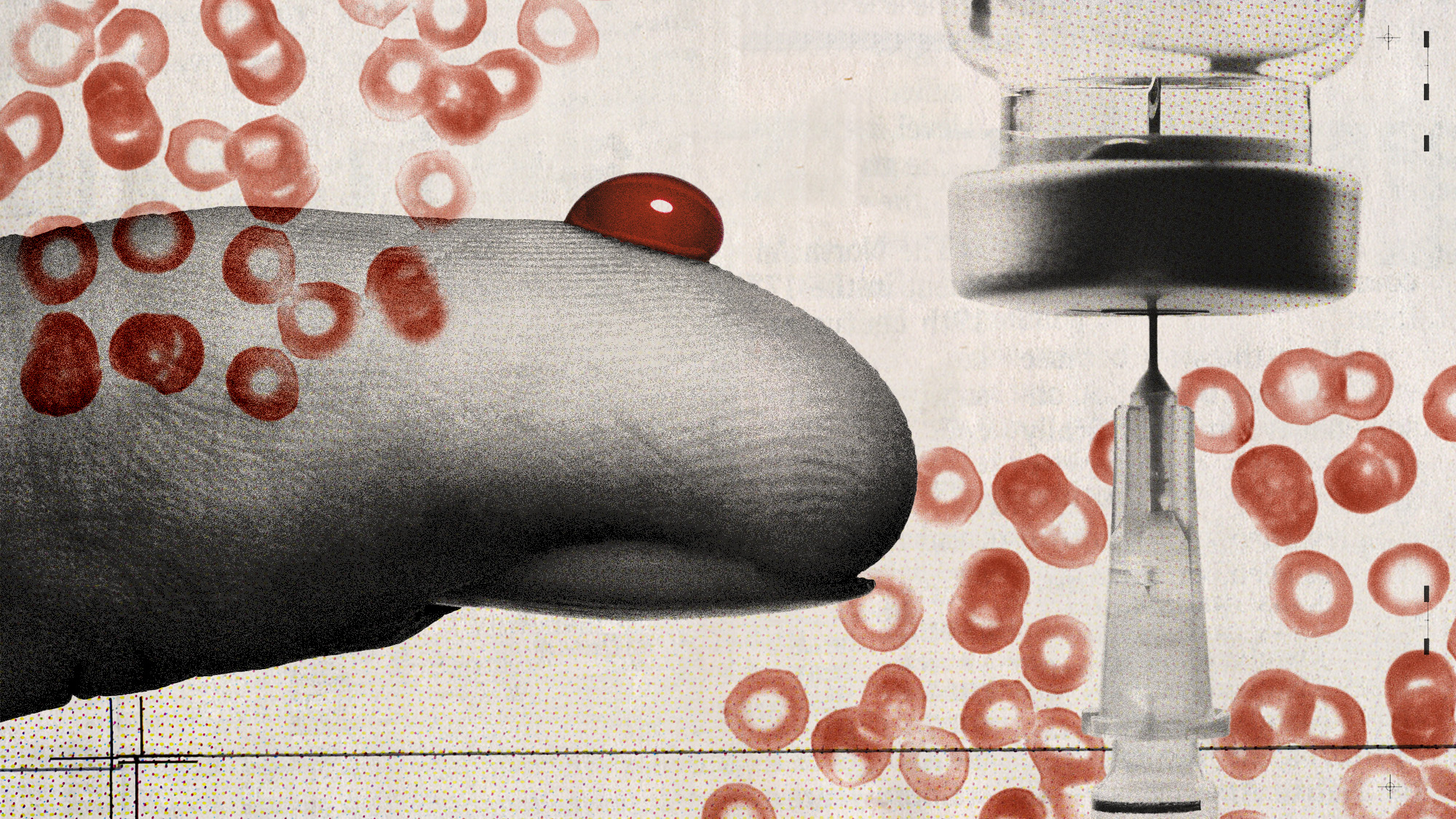What is canine brucellosis?
US authorities confirm outbreak of highly contagious disease, which can be transmitted to humans

A dog breeding facility in Iowa has been pinpointed as the source of an outbreak of canine brucellosis, a highly contagious strain of disease that affects both dogs and humans.
USA Today reports that the Iowa Department of Agriculture and Land Stewardship is in the process of notifying people who bought potentially exposed dogs from the breeder, based in Marion County, southwest of state capital Des Moines. The animals still at the small commercial facility are being quarantined and tested for the disease.
The US Centers for Disease Control and Prevention says that the risk of pet owners becoming infected is low, but that people who work closely with dogs, such as breeders and veterinary staff, “face an increased risk since they may be exposed to blood, tissues, and fluids associated with the birthing process”.
The Week
Escape your echo chamber. Get the facts behind the news, plus analysis from multiple perspectives.

Sign up for The Week's Free Newsletters
From our morning news briefing to a weekly Good News Newsletter, get the best of The Week delivered directly to your inbox.
From our morning news briefing to a weekly Good News Newsletter, get the best of The Week delivered directly to your inbox.
So what are the symptoms and effects of the disease?
What is canine brucellosis?
Canine brucellosis is a highly contagious disease caused by the Brucella canis, or B. canis, bacteria. It spreads quickly among dogs because “large numbers” of this bacteria are “shed in the genital secretions (semen or vaginal discharges) of an infected dog”, according to veterinary chain VCA Animal Hospitals. Smaller amounts may also be found in the dog’s urine or saliva.
The most common route of infection is through “licking contaminated urine or discharges from the reproductive tract, or licking or chewing placental material or aborted fetuses”, the organisation adds. The infection can be sexually transmitted too.
A free daily email with the biggest news stories of the day – and the best features from TheWeek.com
USA Today says canine brucellosis has been reported in North, Central and South America, and in parts of Asia, Africa and Europe, and is “more often detected in breeding kennels than in households”.
What are the symptoms in dogs?
Brucellosis can cause serious health complications in dogs. Although rarely fatal, it usually causes an infection of the genitals that can result in infertility in animals of both sexes, and miscarriages and stillbirths in female dogs.
VCA Animal Hospitals reports that male dogs infected with brucellosis develop epididymitis, a painful infection in part of the testicle, while female dogs suffer an infection of the uterus.
The hospital adds that there is currently no treatment to eliminate the bacteria in dogs, so any animal “that has been infected with B. canis should be considered to be infected for life”.
The Des Moines Register recommends that owners of infected dogs should prevent the further spread of the disease by cleaning and disinfecting areas exposed to the animal, as well as keeping them away from other dogs. At-risk dogs should also be tested for the bacteria prior to breeding, the newspaper adds.
What are its symptoms in humans?
Although brucellosis is zoonotic - meaning it can be passed to humans - cases among people are rarely caused by the Brucella canis strain. Instead, the most common cause is consumption of unpasteurised dairy products made from the milk of animals including goats and cattle infected with the Brucella melitensis strain.
Transmission of canine brucellosis to humans is possible, however. If contracted, the infected person may experience unpleasant flu-like symptoms including include fever, sweats, headache, joint pain and weakness, NBC News reports.
Humans who catch canine brucellosis generally need to “take antibiotics for at least six weeks”, according to the Mayo Clinic.
Even after this run of antibiotics is complete, “symptoms may not go away completely for several months”, warns the Minnesota-based academic medical centre, which adds: “The disease can also return and may become chronic.”
Experts say that people worried about contracting the disease should wear protective clothing such as gloves and masks if handling reproductive tissues in dogs, and should always wash their hands after touching animals.
-
 5 sleeper hit cartoons about Sleepy Don
5 sleeper hit cartoons about Sleepy DonCartoon Artists take on cabinet meetings, a sleepy agenda, and more
-
 Political cartoons for December 6
Political cartoons for December 6Cartoons Saturday’s political cartoons include a pardon for Hernandez, word of the year, and more
-
 Pakistan: Trump’s ‘favourite field marshal’ takes charge
Pakistan: Trump’s ‘favourite field marshal’ takes chargeIn the Spotlight Asim Munir’s control over all three branches of Pakistan’s military gives him ‘sweeping powers’ – and almost unlimited freedom to use them
-
 Vaccine critic quietly named CDC’s No. 2 official
Vaccine critic quietly named CDC’s No. 2 officialSpeed Read Dr. Ralph Abraham joins another prominent vaccine critic, HHS Secretary Robert F. Kennedy Jr.
-
 This flu season could be worse than usual
This flu season could be worse than usualIn the spotlight A new subvariant is infecting several countries
-
 Bluetoothing: the phenomenon driving HIV spike in Fiji
Bluetoothing: the phenomenon driving HIV spike in FijiUnder the Radar ‘Blood-swapping’ between drug users fuelling growing health crisis on Pacific island
-
 The new Stratus Covid strain – and why it’s on the rise
The new Stratus Covid strain – and why it’s on the riseThe Explainer ‘No evidence’ new variant is more dangerous or that vaccines won’t work against it, say UK health experts
-
 ‘Nightmare bacteria’ are rapidly spreading
‘Nightmare bacteria’ are rapidly spreadingUnder the radar The infections are largely resistant to antibiotics
-
 Kissing bug disease has a growing presence in the US
Kissing bug disease has a growing presence in the USThe explainer The disease has yielded a steady stream of cases in the last 10 years
-
 Sloth fever shows no signs of slowing down
Sloth fever shows no signs of slowing downThe explainer The vector-borne illness is expanding its range
-
 A new subtype of diabetes was found and it may require different treatment
A new subtype of diabetes was found and it may require different treatmentUnder the radar It is prevalent in Black Africans and Americans